fermented fruit
Wine is defined as the fermentation of fruit; therefore, you can make wine out of grapes, apples, pears, plums and so on. Wine is enjoyed in its still – or non-carbonated – state or effervescent state. Grapes are most widely grown for wine because they often exhibit a balanced interplay of the big three on their own (sugar, acidity, and tannin). But with the proper blending of apples, which portray various levels of the big three, it is possible to discover beautifully integrated apple wines.
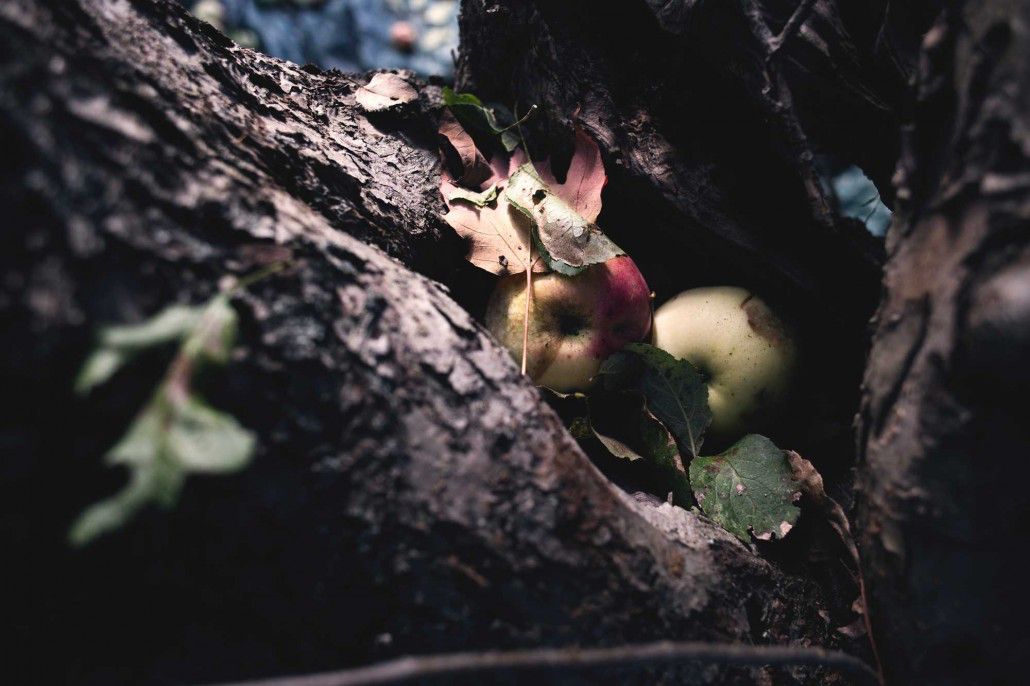
An Expression of Place
As farmer-winemakers, we embrace the local ecology of apples, soils and microorganisms as they influence the character of our living ciders. While our nursery trees continue to take root for future harvests, we derive our ciders from wild, abandoned and cultivated trees found throughout our farm and neighboring fields, forests, backyards and orchards.
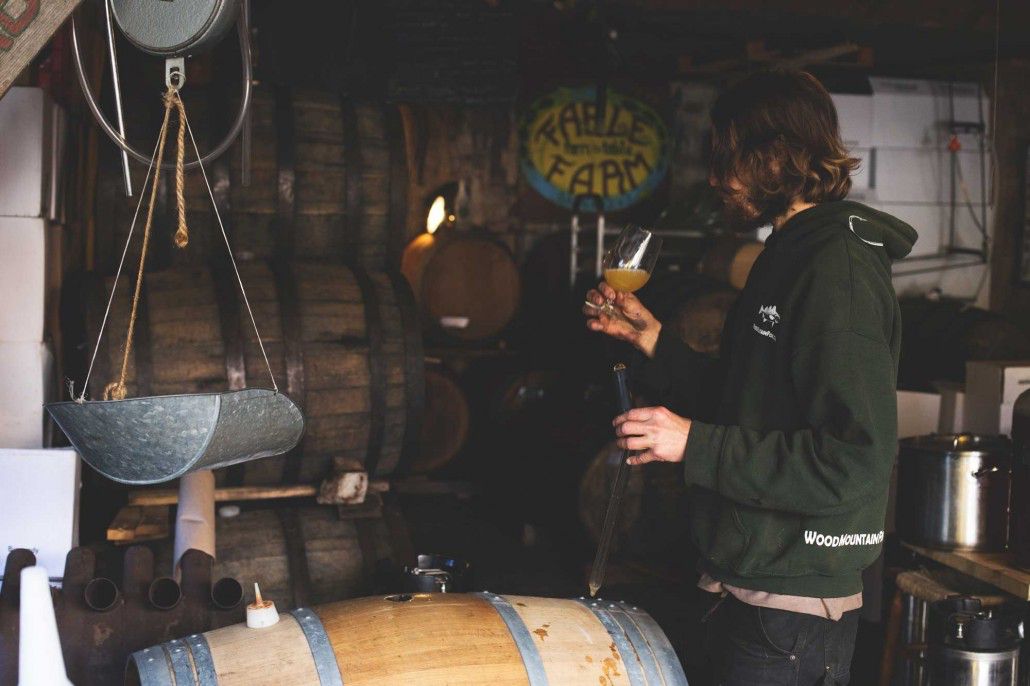
We’re committed to native yeast fermentation, which we believe allows the cider to better reflect the place from which it rose. After fermenting our ciders dry, we send them to the cave to cure and mature through a species succession of microorganisms in both barrel and bottle. Ciders that are alive, mature into an extremely diverse continuum of flavors and will evolve from year to year. Our supply of cider is limited by the purity and phenomenon of the farm and seasons.
While cider has been the predominate focus of our fermentory to date, our intention is to propagate a diversity of plants, fruits, herbs, saps and honey to be preserved into living ciders, wines, vinegars, and herbal elixirs. We’re honored to follow the footsteps laid down by a motley crew of pioneer fermentors in Vermont, who have been experimenting and making wine from local sugar sources for many years.
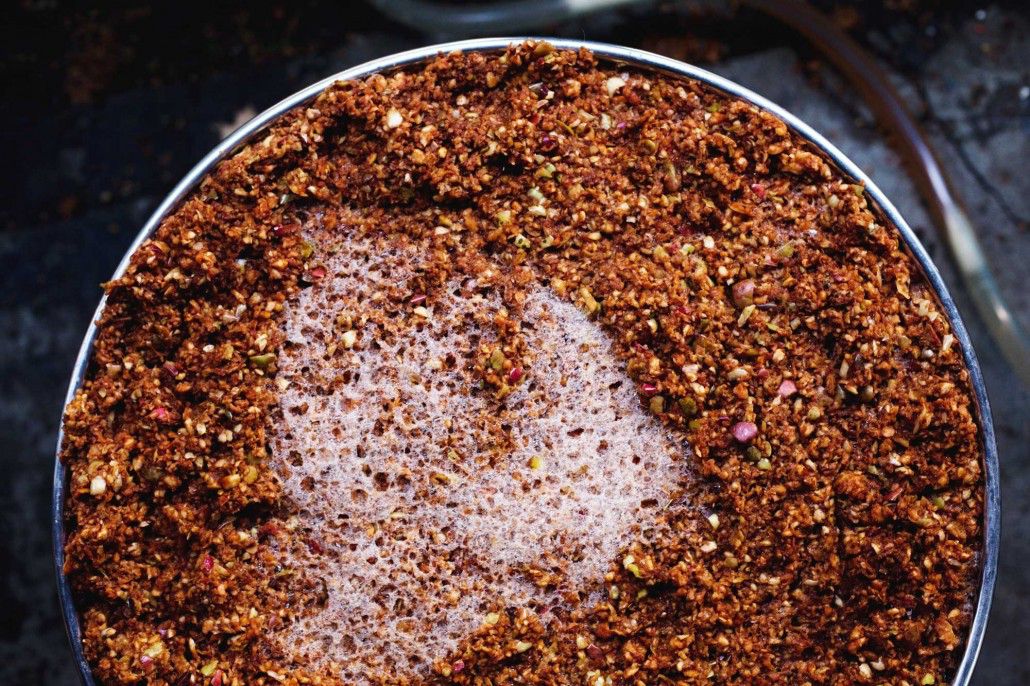
Wine that is Living
Our Cider as Wine is not filtered, pasteurized, or made with the addition of sulfites. With an average alcohol content of 6-7%, we hypothesize that a certain population of beneficial microbes may survive, resulting in a finished wine that is alive. For those who like to enjoy an alcoholic beverage on a regular basis, this could potentially assist in fortifying one’s gut ecologies. And because we allow more of the apple pomace to enter into our fermentation vessels and do not filter, a greater percentage of phytonutrients is absorbed into our wines.
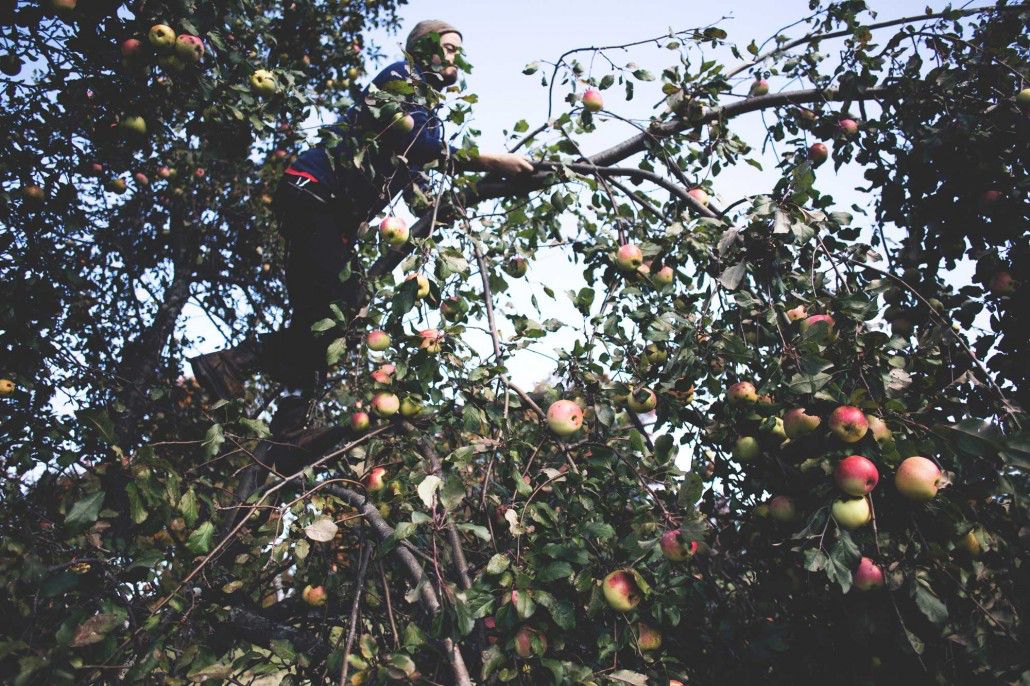
Uncork the Celebratory Spirit
After its long and flowing journey from sun and soil, through plant and press, down to cave and up through bottle, our wine is ready to transform yet again as merriment and celebration. Those who have experienced the pleasure of true cider know the light-hearted, joyful glow that it brings to people and place. Cider also lends itself well to outdoor work parties, as it has a rich evolutionary history flowing through the minds and bodies of workers of farm and land.
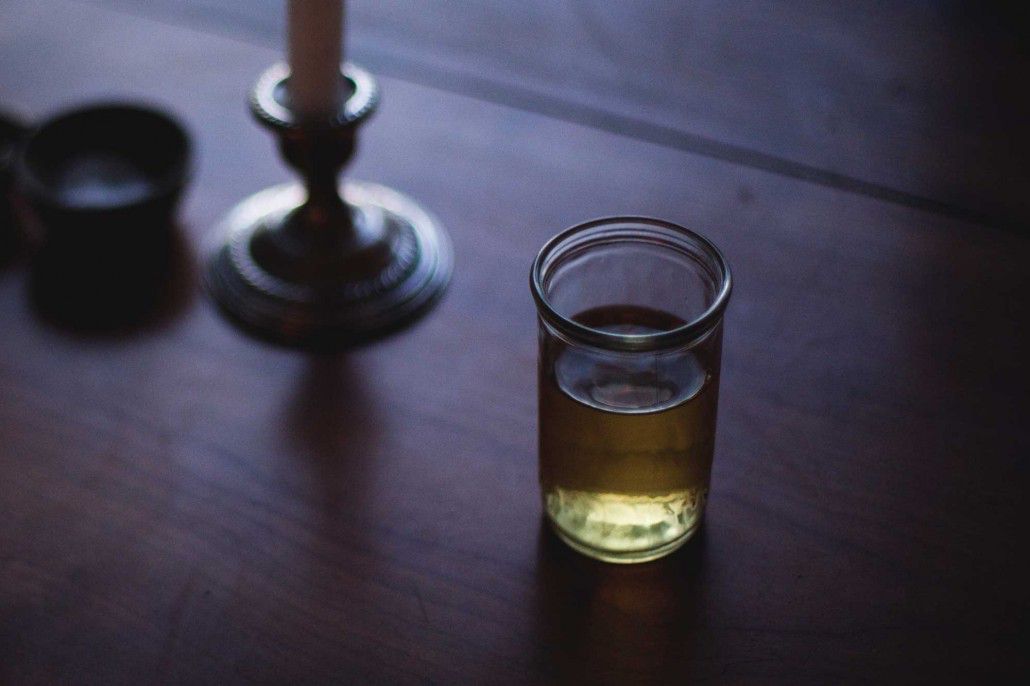
A Perfect Marriage
Our Cider as Wine is ripe to be shared over festivity and feast. A great accompaniment with any meal, cider enhances the enjoyment and digestion of food. And although there are several foolproof pairings – salumi, cheese, seafood, fatty and spicy dishes, to name a few – we have yet to eat a meal that repels cider. Our apple wines are dry with a vibrant acidity that cuts through fatty meats and cheeses and leaves the palate quenched and refreshed.

Storing and Pouring
As our ciders contain no added sulfites, they are best stored at cool temperatures (40-55 F). They are best served chilled or at cellar temperature. Often, our ciders have sediment at the bottom of the bottle; this is a byproduct of microorganisms during fermentation and contains high levels of b-vitamins. You can either pour the cider as is, keeping the sediment at the bottom of the bottle, or gently tip the bottle to dilute the sediment throughout.
Drawing from the tradition of cider drinking in Asturias, some still ciders are best poured high and more frequently, which re-oxygenates and enlivens the cider. Drink cider with respect, and the spirit will uplift the heart.

